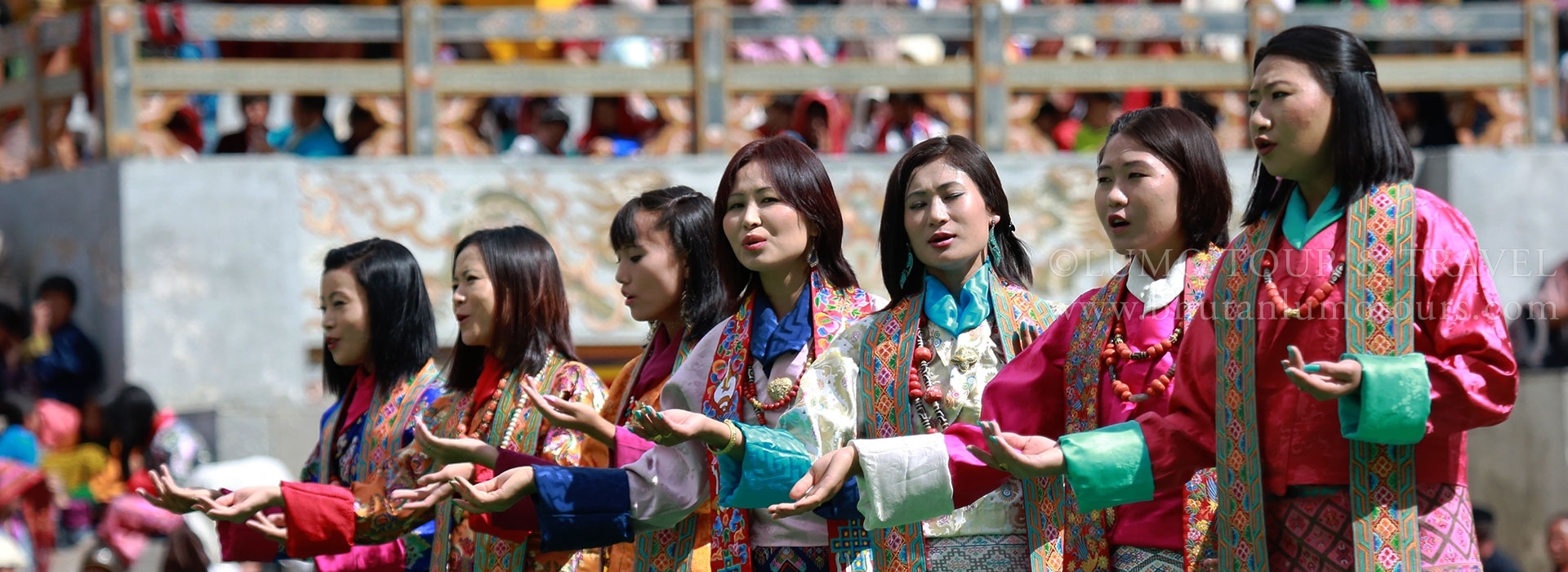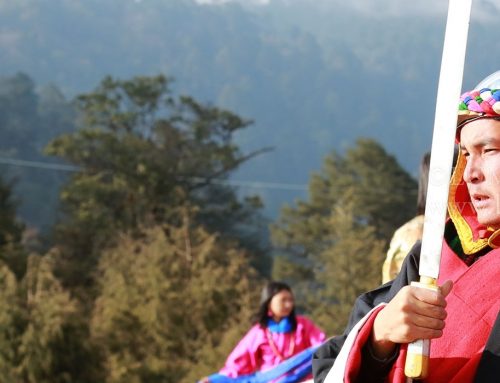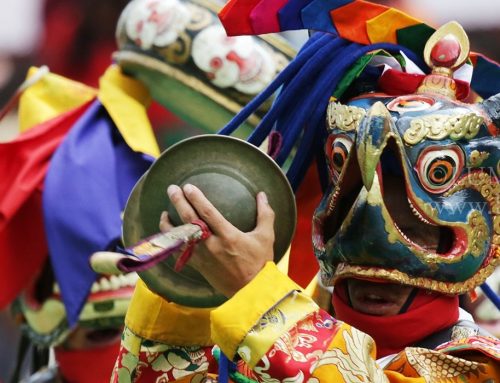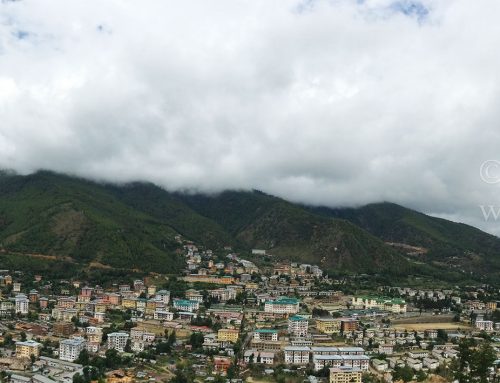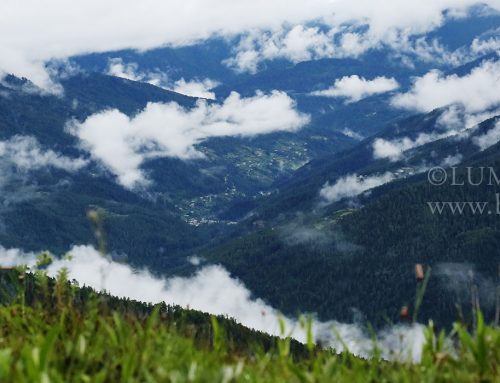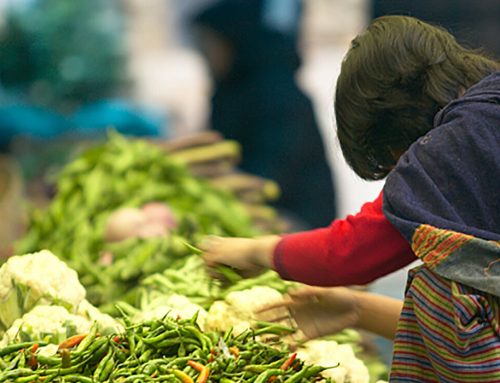Don’t be surprised if you come across a person who says “What can I do for you?” And “would you like to have something?” or “You can stay at my place tonight”.
These are some of the important gestures most Bhutanese usually show to strangers. The offers are genuine.
The Bhutanese are helpful and hospitable. They believe these are some social values that keep the social harmony intact and society together.
Family bond, friendship, love and respect relationship among elders and the young are human values that most Bhutanese are proud of to practice.
The people by nature are open, friendly and take crude jokes as humor. They are karmic conscious and firmly believe being good to living beings is a license to happy life, both in the present and next life.
And if you happen to put up a night at a Bhutanese home, especially in rural areas and asked “what for curry?” by your host, make sure you specified the vegetable. Most Bhutanese eat chili as vegetable.
Of the total population of about 0.7 million more than 75% live in the rural areas. Agriculture is the source of their livelihood. People in the west and south grow a plenty of paddy and is their staple. And those in the east and central regions live off maize, wheat, buckwheat, and barely.
Since urbanization is still new to Bhutan there are people living in highlands in the mountains. They rear yaks and cows and the dairy products are either bartered with day to day essentials or sold to buy them.
Bhutan’s population consists of three major ethic groups. They are Ngalong, Sharchop and Nepalese.
Ngalongs live in the western region, Sharchops in the east and Nepalese in the south.
Ngalongs are considered to be the origins of Mongoloid and Tibetans. Sharchops are supposed to be the earliest inhabitants of Bhutan. But their origins are still not known. And the Nepalese are the economic immigrants who settled in the country in the early 19th century.
The national language is Dzongkha. It is the mother tongue of the people living in the western region. But most Bhutanese can speak it.
Interestingly, most Bhutanese who attended school can speak English as it is used as the medium of instruction. Since English is spoken widely it is considered one of Bhutan’s selling points.
There are 18 dialects spoken in Bhutan. And some of the vernacular languages are under threat of extinction.
Bhutanese men wear the dress called gho. It is a robe pulled upward till the knee forming a fold at the waist. The fold is mocked at by foreigners as the biggest pocket in the world.
The dress Bhutanese women wear is known as kira. The dress is worn ankle length and resembles kimono. And the top women wear is called tego. The ghos and kiras are mostly woven with intricate designs.


